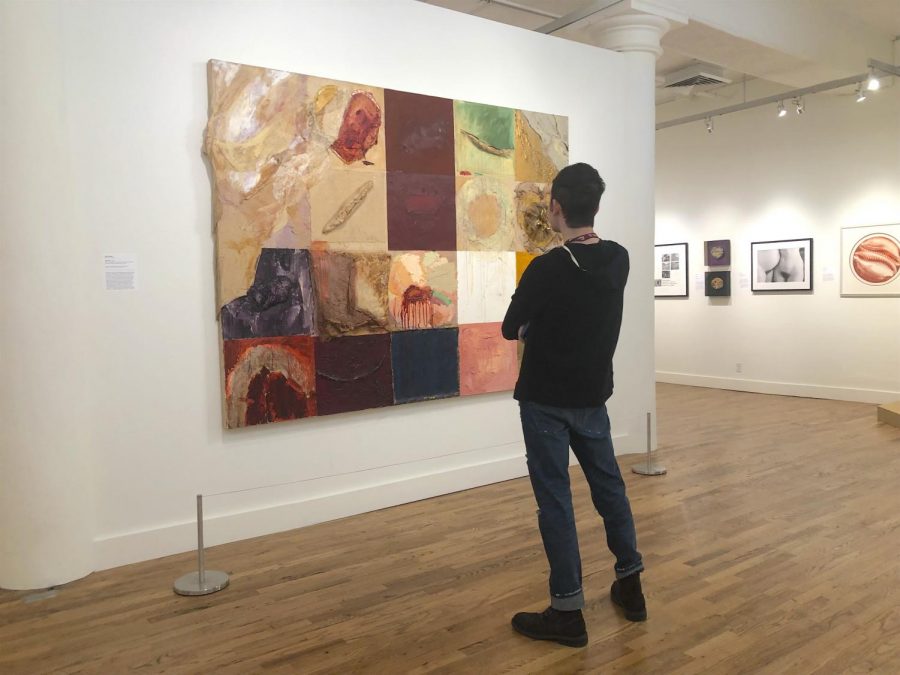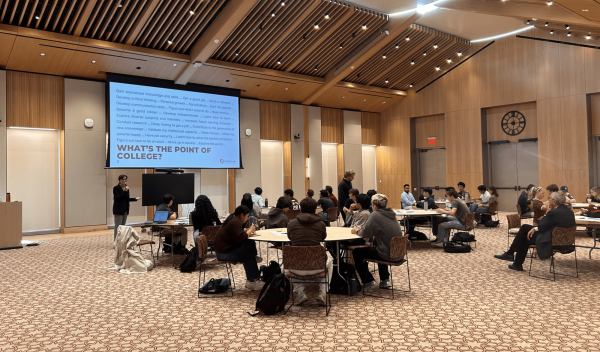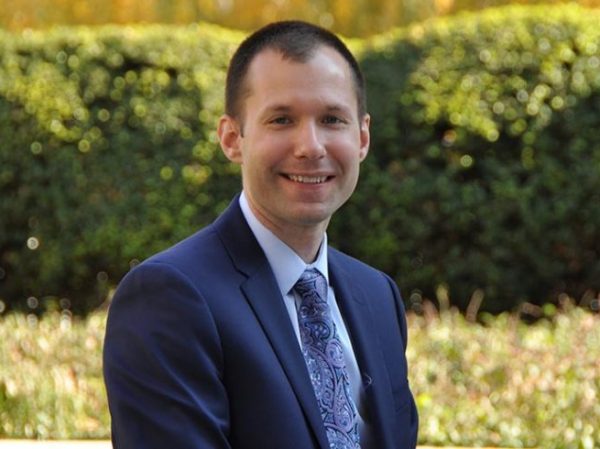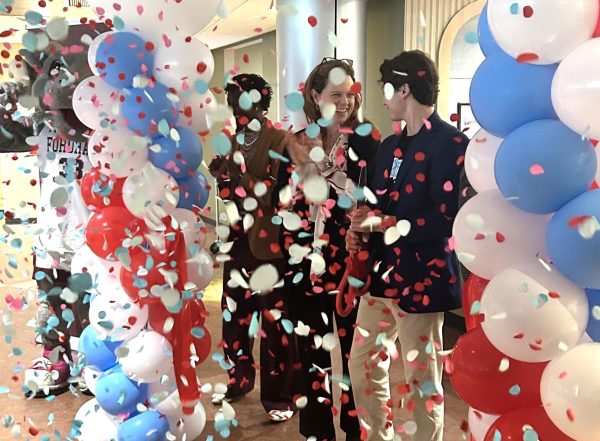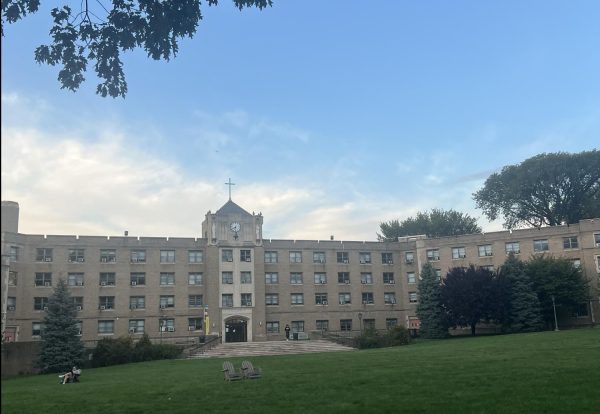FAHS Visits “Art After Stonewall: (1969-1989)”
By Sophia Giatzis
The Fordham Art History Society (FAHS) hosted its last event of the year on April 28, visiting the “Art After Stonewall (1969-1989)” exhibit at the Leslie Lohman Museum of Gay and Lesbian Art.
The society, which was created in 2018 by President Liam Otero, FCRH ’20, strives to connect not only art history majors and minors with the vast array of art available in the city, but also all students who are interested in exploring the arts.
“The mission of the FAHS is to more strongly unite and educate our diverse Fordham community (Rose Hill and Lincoln Center) through art-related events that highlight multiculturalism, gender identity, sexual orientation, religious affiliation, pluralism and globalism,” the club mission statement states.
Gender identity and sexual orientation were heavily explored in the “Art After Stonewall (1969-1989)” exhibit. The Leslie-Lohman Museum of Gay and Lesbian Art, which was founded by Charles Leslie and Fritz Lohman in 1969, is showing the exhibition until July 21 to coincide with the 50th anniversary of the Stonewall Uprising that took place on June 28 at the Stonewall Inn in Greenwich Village.
The rebellion was, and still is, considered to be one of the most pivotal points in the movement for gay liberation in the fight for LGBTQ+ rights in the United States. Though much has been written about the impact of the movement on American society, there is little known about the key artists and art that came from that movement. The exhibition is the first major exhibition to analyze the impact that LGBTQ+ art from the movement had on the world of art.
“I selected the Leslie Lohman Museum of Gay and Lesbian Art as our destination because it deftly melds art and social justice from a generation of artist-activists who spearheaded an ongoing campaign that directly impacts members of the Fordham community and our generation as a whole,” said Otero. “As NYC is Fordham’s campus, I felt it imperative to educate and expose students to one of the most significant moments in the history of our city and country, the Stonewall Uprising of 1969.”
The exhibit contains over 150 works of art and materials spanning a variety of mediums from artists of various backgrounds including Andy Warhol, Catherine Opie, Keith Haring, Judy Chicago, David Hockey and Diane Arbus. The exhibit showcased art that conveyed the anger of a community that wanted a space where they could be themselves without prejudice, discrimination or violence.
A digital reproduction of John Button and Mario Dubsky’s mural that was destroyed by a fire in 1974 conveyed the inclusivity of the community.
The mural connects the LGBTQ movement with the broader fight for civil rights, showcasing the Black Panther leader Heuy Newton along with other figures in the queer movement.
However, as the mural also showcases white, young male bodies scattered throughout the mural, the movement was not exempt from sexism and homophobia itself. The tensions between the different groups and identities within the movement often made it difficult for the movement to find common ground.
The strain in the movement was conveyed in the poster for Azalea: A Magazine for Third World Lesbians, founded in 1977 by Joan Gibbs, Robin Christian and Linda Brown. The magazine was created in response to the other lesbian publications at the time that were not publishing writings by black and Latina writers. The publication went on to showcase the works of Audre Lorde, Stephanie Byrd, Toni Cade Bambera and more. The magazine and other works of art in the exhibit conveyed that the movement had, and still has, a long way to go in the fight for social justice and equal rights for those in the LGBTQ movement.
“The experience more strongly connected me to my Fordham peers and faculty, and it further deepened my desire to more actively contribute to the University’s express emphasis on pluralism, compassion and social advocacy,” said Otero.
The Fordham Art History Society is planning more events this summer for the fall and spring semester to caonnect more interested students to the plethora of diverse art that exists in the city.
The Leslie-Lohman Museum of Gay and Lesbian Art is located at 26 Wooster Street in the SoHo neighborhood of New York City. Admission is free with a suggested donation of $9. It is open Wednesday-Sunday, 12-6 p.m. and Thursday, 12-8 p.m.





































































































































































































